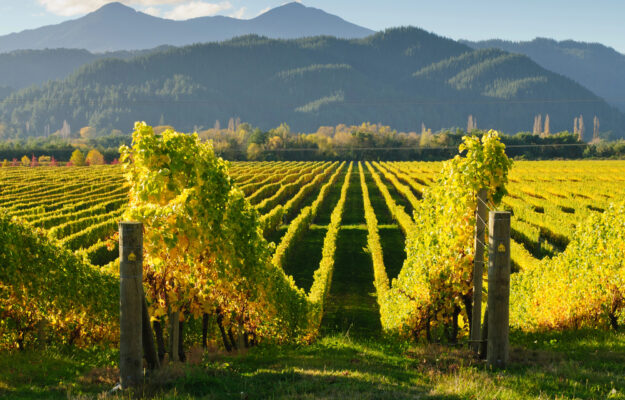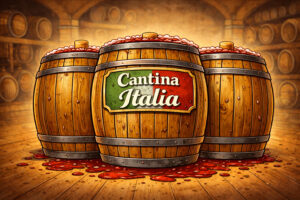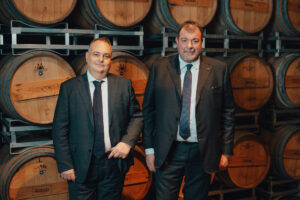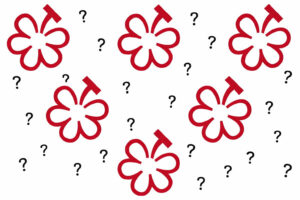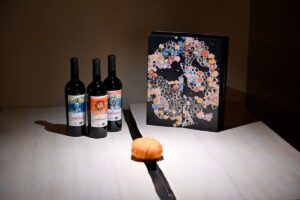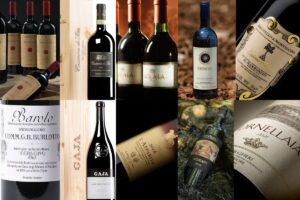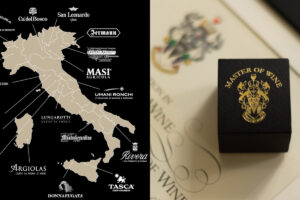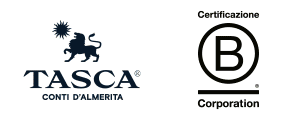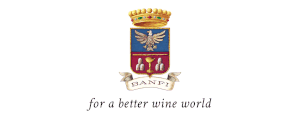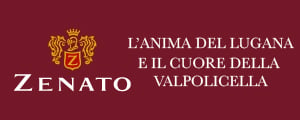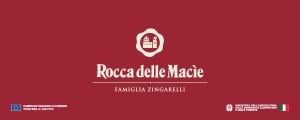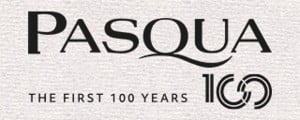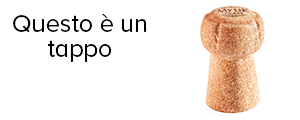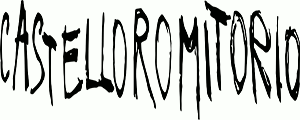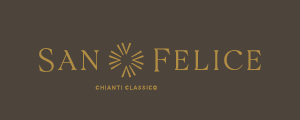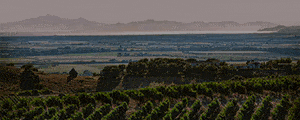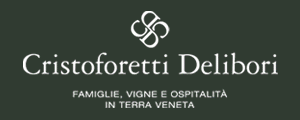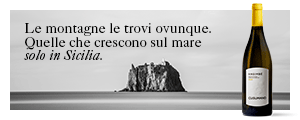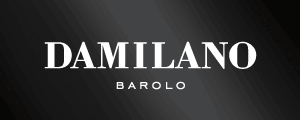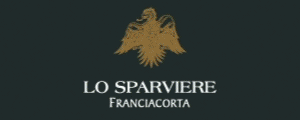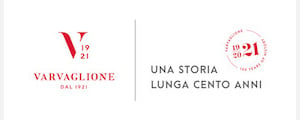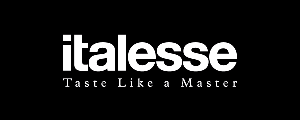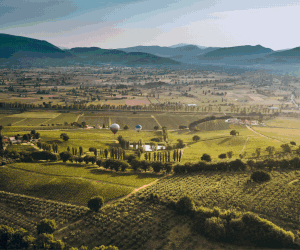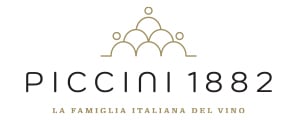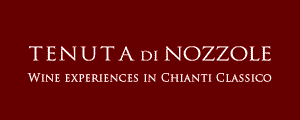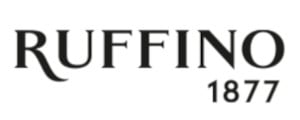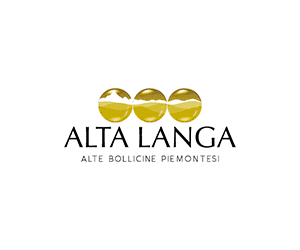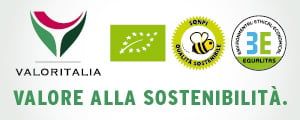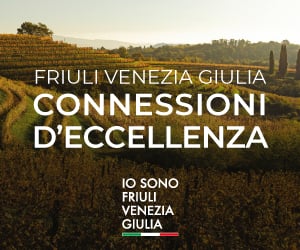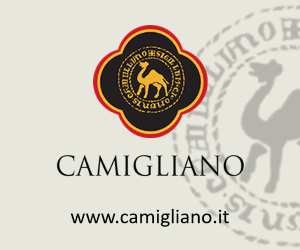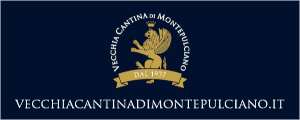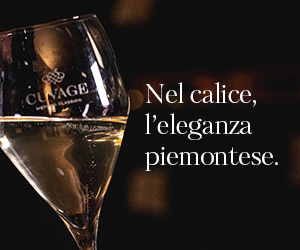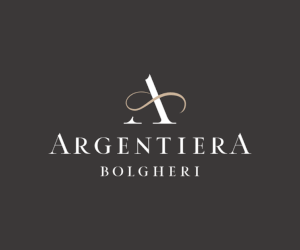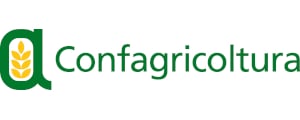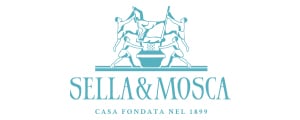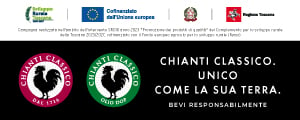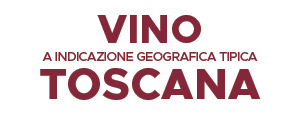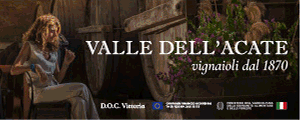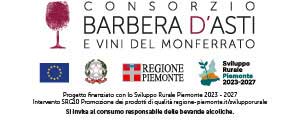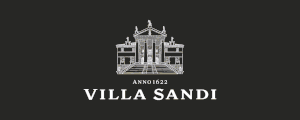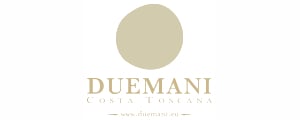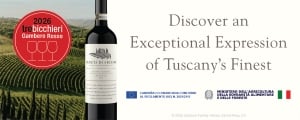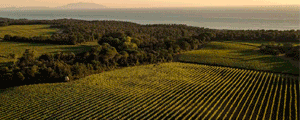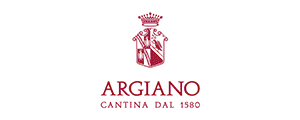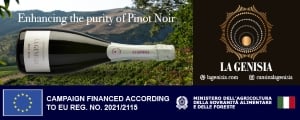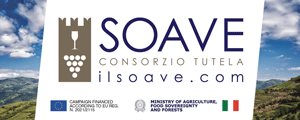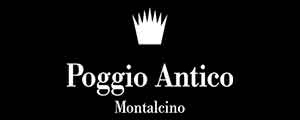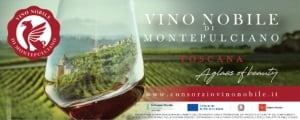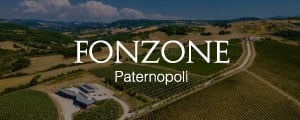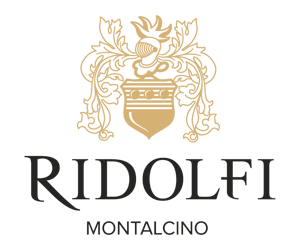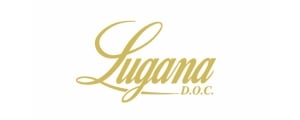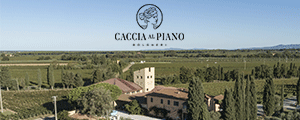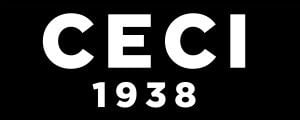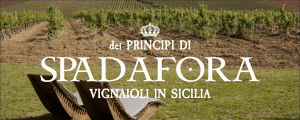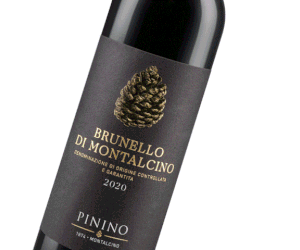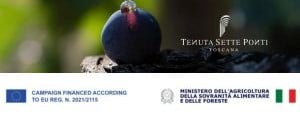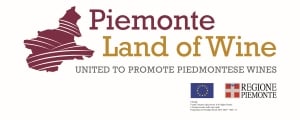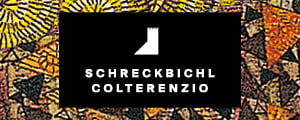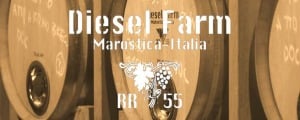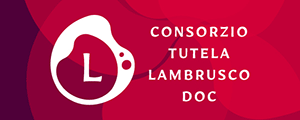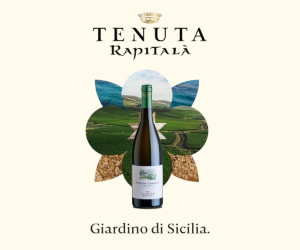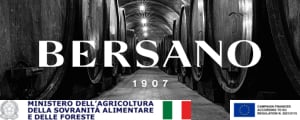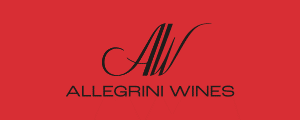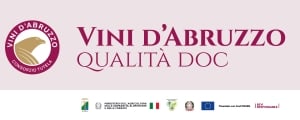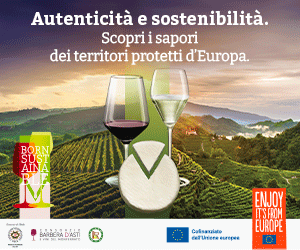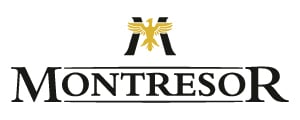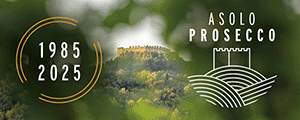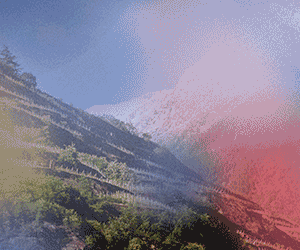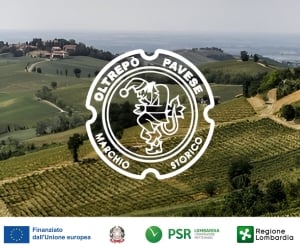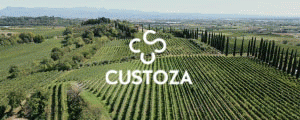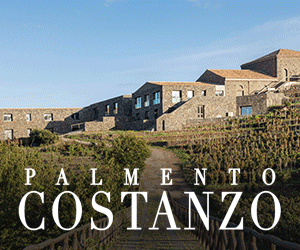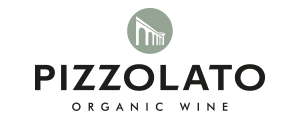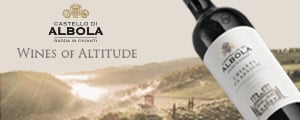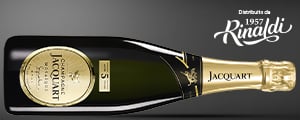While Italy is beginning to think about the grape harvest, which will presumably take place at the end of summer, on the other side of the world it is already time to take stock. In the southern hemisphere, sampling of the 2025 vintage wines is in full swing and the good news, as reported in the “Global Market Report” (June 2025) by Ciatti, one of the world’s largest bulk wine brokers, concerns the quality, which has been rated very positively almost everywhere. However, despite this, the market is responding cautiously, demonstrating a stalemate that continues to cause concern and is widespread throughout the world, including Italy. In terms of quantity, only Chile and New Zealand recorded above-average harvests, but with contrasting results: Chile’s harvest was down by up to 25%, while New Zealand's harvest is expected to be “very abundant”, pending final data, despite some bunches not being harvested due to abundant stocks. The scarcity of the Chilean harvest, according to the Ciatti report, triggered rapid early sampling by international buyers and the acquisition of lots by domestic buyers. Even in this context, however, the lack of new international business was evident.
And in the northern hemisphere? Bulk wine markets have remained stable, but critical issues persist. Stagnant or declining wine sales in North American and European supermarkets, now in their fourth year in some countries, are leading to the rationalization of wine references and freeing up shelf space for competing beverages. As the June Ciatti California Report states, “many buyers appear to be keeping a close eye on their discretionary spending as the long tail of the post-pandemic inflation boom continues. Meanwhile, younger demographics such as Generation Z (which includes all drinkers under the age of 28) appear to be less sensitive to wine culture”. The issue is that, as reported, until wine sales, the core business, return to profitability, the bulk market will continue to struggle. The International Organization of Vine and Wine (OIV) has provisionally estimated that global wine consumption in 2024 will be 22 million hectoliters lower than in 2019, which is equivalent to half of a typical Italian harvest or an entire harvest in California. A decline in consumption, but also a shift in demand, which is increasingly focused on white wines and “lighter” styles. Argentina is also receiving offers from Scandinavia for rosé, white, and sparkling wines, for example. Interest is growing in low-alcohol products and non-alcoholic wines, two segments that are still small but expanding, driven by consumer health trends (and in the United Kingdom, by a new excise duty regime on alcohol that encourages low-alcohol wines).
In the northern hemisphere, vineyards appear to be in good health. At present, the report explains, human intervention will have a greater impact on the size of the harvest than Mother Nature: some winegrowers, facing economic difficulties, are cutting back on treatments, while in California, bunches are being thinned out in an attempt to keep supply in line with demand. The hope is that when the late reds from the northern hemisphere of the 2025 vintage are fully mature at the beginning of 2026, sales will finally be back in the black, considering that the price-quality ratio of bulk wine is currently very favorable for consumers.
Moving on to Italy, May was characterized by growing uncertainty in the bulk market. The US market, which remains by far the leader, is a source of real concern, given the issue of tariffs (at 10% until July 9, but with uncertainty beyond that date) and the weakening of the US dollar. Meanwhile, consumption in Europe remains sluggish, with exports to Germany and the United Kingdom suffering. The Asian market is slightly more active than the US and Europe, but Italian volumes are relatively limited. In all markets, internal and external competition is intense, with a negative impact on profits, and there is talk of a growing number of companies in serious financial difficulty. The structural problems in the wine sector, in Italy and worldwide, explains the report, do not seem likely to end anytime soon, and it is probable that uncertainty will become the new normal for some time. Prosecco and Pinot Grigio, which have traditionally been strong drivers of exports, both saw bottling volumes fall by 6% in May compared to the same month in 2024, according to Ciatti. This was “mainly attributable to the slowdown in shipments to the United States” following the imposition of tariffs in April. Shipments to the United States had been robust until April, with stocks accumulating in customs warehouses, the number of which has proliferated in the US, a phenomenon accentuated by the uncertainty caused by tariffs, the report further emphasizes. This also explains why Italian wholesale market prices are stable compared to last month and, in terms of stocks, Italy will probably reach the 2025 harvest with a limited quantity of white wine. However, the supply of red wine seems set to normalize, as the decline in consumption, including on the domestic market, offsets the effect of the poor harvests of 2023 and 2024. According to Ciatti’s monitoring, grape ripening is on average ten days behind the figures for recent years. “Weather conditions have been generally good across the peninsula over the last month, although potential drought in Puglia and Sicily is a cause for concern”.
More generally, bulk wine stocks remain high in southern France, where weak demand more than offsets the 17% decline in the 2024 harvest. Availability remains unchanged, with only Pinot Noir and the premium 2024 rosé being more difficult to find. Prices are therefore low, potentially competitive with Spain and Italy, and negotiable, especially if shipment can be made before the 2025 harvest. The Cognac region continues to be considered “emerging” and potentially highly competitive for generic white wines, if the 2025 harvest is abundant. Meanwhile, summer has started hot and humid after a rainy spring, with the vineyards looking in good condition. But this year, more than ever, the concerns of the wine world are focused much more on the market than on the vineyard.
Copyright © 2000/2025
Contatti: info@winenews.it
Seguici anche su Twitter: @WineNewsIt
Seguici anche su Facebook: @winenewsit
Questo articolo è tratto dall'archivio di WineNews - Tutti i diritti riservati - Copyright © 2000/2025










